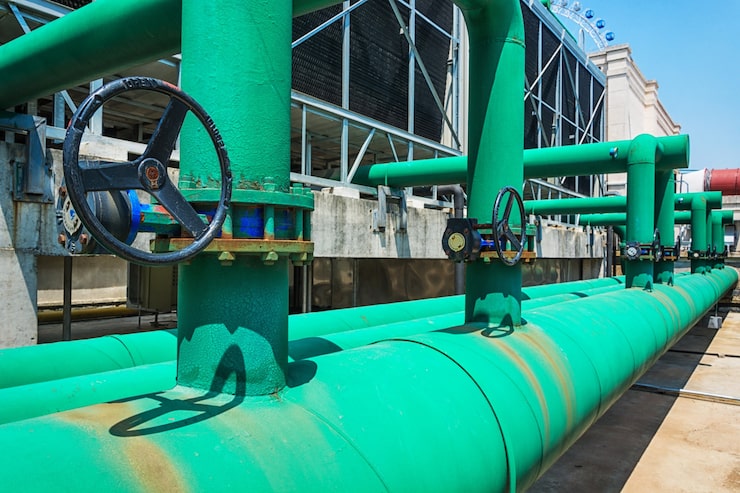When people ask what is plastic and fusion welding, they are often trying to understand both the material properties of plastics and the specific joining method known as fusion welding. Plastic refers to a wide range of synthetic or semi-synthetic materials made primarily from polymers, valued for their versatility, corrosion resistance, light weight, and ease of forming into various shapes. Fusion welding, in the context of plastics, is a process in which two pieces of thermoplastic material are joined together by applying heat to their surfaces until they melt, and then pressing them together to form a single, continuous piece once cooled. This technique is widely used in industries such as pipeline manufacturing, water treatment systems, chemical storage, and even in the fabrication of consumer goods.

Understanding plastics as a material is essential before exploring how fusion welding works. Plastics are broadly categorized into thermoplastics and thermosetting plastics. Thermoplastics, such as polyethylene (PE), polypropylene (PP), and polyvinyl chloride (PVC), soften when heated and can be reshaped multiple times, which makes them ideal for fusion welding. Thermosetting plastics, like epoxy resins or phenolics, once cured, cannot be remelted, so they are unsuitable for most fusion welding processes. The physical and chemical characteristics of the plastic—such as melting temperature, tensile strength, and chemical resistance—determine its welding suitability and the optimal process parameters.
In plastic fusion welding, the principle is relatively straightforward but requires precise control. The surfaces to be joined are heated above their melting point without degrading the material. Once both surfaces are in a molten state, they are pressed together under controlled pressure. As the joint cools, the polymer chains from each part interlock, creating a strong molecular bond. Unlike mechanical fastening or adhesive bonding, fusion welding produces a joint that is often as strong as, or stronger than, the base material itself.
There are several common methods of fusion welding for plastics, each with its own advantages and limitations:
Hot plate welding – This method involves pressing the plastic parts against a heated plate until the surfaces soften, then removing the plate and pressing the parts together. It is particularly effective for larger components such as tanks or pipes.
Socket fusion welding – Common in piping systems, this involves heating the outside of one pipe and the inside of a matching fitting with a specialized heating tool, then quickly joining them. This creates a leak-proof, pressure-resistant joint.
Butt fusion welding – Often used for joining lengths of thermoplastic pipe, the two ends are heated simultaneously on a flat plate and then pushed together to create a seamless joint. This is a standard method for HDPE and PP pipelines.
Electrofusion welding – This process uses fittings embedded with electrical heating elements. When current is applied, the embedded coils heat the plastic and fuse the joint. It is widely used in gas and water distribution networks due to its reliability and ease of automation.
Material preparation plays a critical role in achieving high-quality welds. Surfaces must be clean, dry, and free from oxidation, dust, or oil. Any contaminants can weaken the weld or cause voids in the joint. In certain cases, scraping or machining the surface is necessary to remove an oxidized layer, particularly with polyethylene.
Temperature control is another decisive factor in plastic fusion welding. Overheating can degrade the polymer, leading to brittleness or discoloration, while insufficient heat will prevent full molecular interlocking. For example, HDPE typically requires a welding temperature around 200–220°C, whereas PVC might require 240–260°C, depending on the manufacturer’s specifications. The correct temperature ensures optimal viscosity of the molten material and prevents structural weakness.
From a mechanical performance perspective, fusion-welded plastic joints can handle high internal pressures and resist chemical attack, making them suitable for demanding environments. In water distribution, properly executed fusion welds can last decades without leakage. In industrial chemical systems, they maintain their integrity even in corrosive environments where metal joints might fail.
Safety considerations should not be overlooked. Heating plastics can release fumes, especially if the temperature is excessive. Adequate ventilation, the use of fume extraction systems, and personal protective equipment such as heat-resistant gloves and safety glasses are important to protect operators.
From a commercial and industrial standpoint, understanding plastic and fusion welding helps engineers, contractors, and procurement specialists choose the right joining method for their projects. For example, in municipal water supply projects, butt fusion welding may be preferred for large-diameter HDPE mains due to its durability and low maintenance. In gas distribution, electrofusion welding might be favored for its speed, reliability, and suitability for confined spaces.
In summary, plastic is a versatile family of materials, and fusion welding is a specialized process that takes advantage of thermoplastics’ ability to soften and fuse under heat. By carefully controlling preparation, temperature, pressure, and cooling, it is possible to create robust, long-lasting joints that meet stringent performance standards across a range of industries. Whether for infrastructure, manufacturing, or custom fabrication, mastery of this process is a valuable asset for achieving strong and reliable plastic assemblies.


